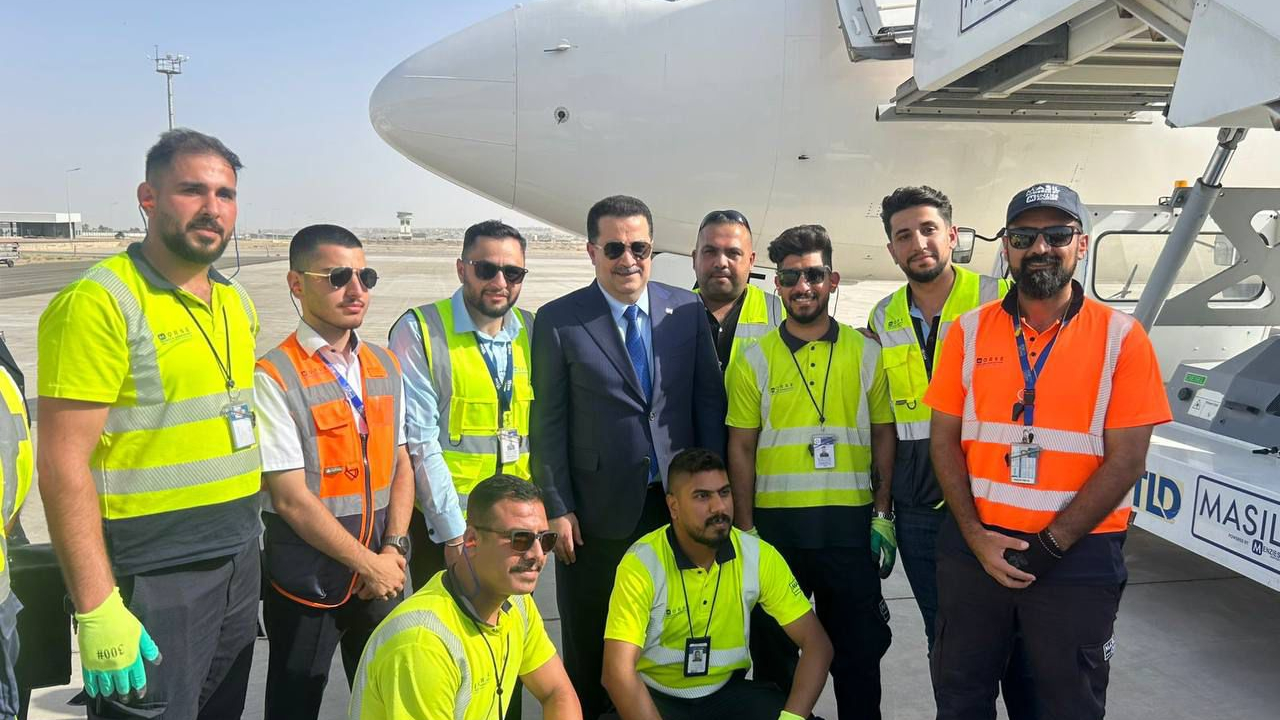Riyadh celebrates capital growth
Development at Riyadh's King Khalid Airport is leading the way among Saudi gateways.

Structural work on the new terminal at King Khalid International Airport (KKIA) in Saudi Arabia is complete and the new facility should be open within two years, according to its director general engineer Abdullah M H Al Tassan.
The new terminal is the first phase of an expansion programme designed to raise capacity at the airport from 12 million passengers a year to 25 million.
Current growth is running at 16.9 per cent and was expected to match the growth figure of 17.4 per cent of 2009 when the 2010 numbers are finalised, as the kingdom enjoys an economic boom despite the global recession.
Passenger throughput by October last year had already reached 11 million and was expected to top the 13 million figure attained in 2009, said Al Tassan.
“We continue to experience a high rate of growth,” he said. “We are already operating beyond our capacity and that is the reason behind our programme to expand our facilities.
“The new terminal should be ready within two years and it will give us room for an additional three million passengers. In reality, it will accommodate up to an additional five million.”
The total expansion plan is costing $2.6bn (9.8 Riyals), a programme financed by the government of Saudi Arabia through the country’s General Authority of Civil Aviation.
Al Tassan said that the new terminal would serve domestic flights within Saudi Arabia, “although we will use it flexibly, according to needs at the time”.
The new terminal will offer an additional 96 check-in counters, raising the airport’s total to 244.
The masterplan for the expansion is aimed at maximising use of space between the famous triangular-shaped terminals at KKIA, in order to minimise the distance that passengers have to move within the airport.
Future plans for the airport include a new business aircraft facility and an “airport city” adjacent to the airport and dedicated to businesses related to aviation and aerospace.
In the short-term, extensive modifications have been made to the airport to improve flow patterns and facilities for passengers.
“We understand very clearly that we must cater for the needs of passengers and never take this growth for granted,” said Al Tassan. “So we have worked very closely with the various government agencies at the airport, immigration, police, etc, to improve the passenger experience.
“We have brought in training programmes to make sure that we improve our customer care wherever passengers are in the airport. We also redesigned areas of the existing airport to remove passenger flow bottlenecks.”
The recession saw KKIA lose some airlines but, said Al Tassan, they are starting to return. Last year saw five passenger and three freight operators either return or start up new operations.
Growth at the airport and at other airports, such as Jeddah, is being fuelled by an economic boom within the kingdom, according to Al Tassan.
“We have seen massive developments in Saudi Arabia in the last four years,” he said. “The government has launched some massive new projects, including the creation of new cities, new universities and all of the infrastructure to support these projects.
“We have also seen the wider recovery of the aviation industry after the economic crisis. We did see some traffic to Saudi Arabia begin to come through Bahrain or Dubai. However, now the creation of new airlines in Saudi Arabia and the arrival of others from abroad means we are taking that traffic directly.
“We aim to get the rest of it.”
Stay up to date
Subscribe to the free Times Aerospace newsletter and receive the latest content every week. We'll never share your email address.

